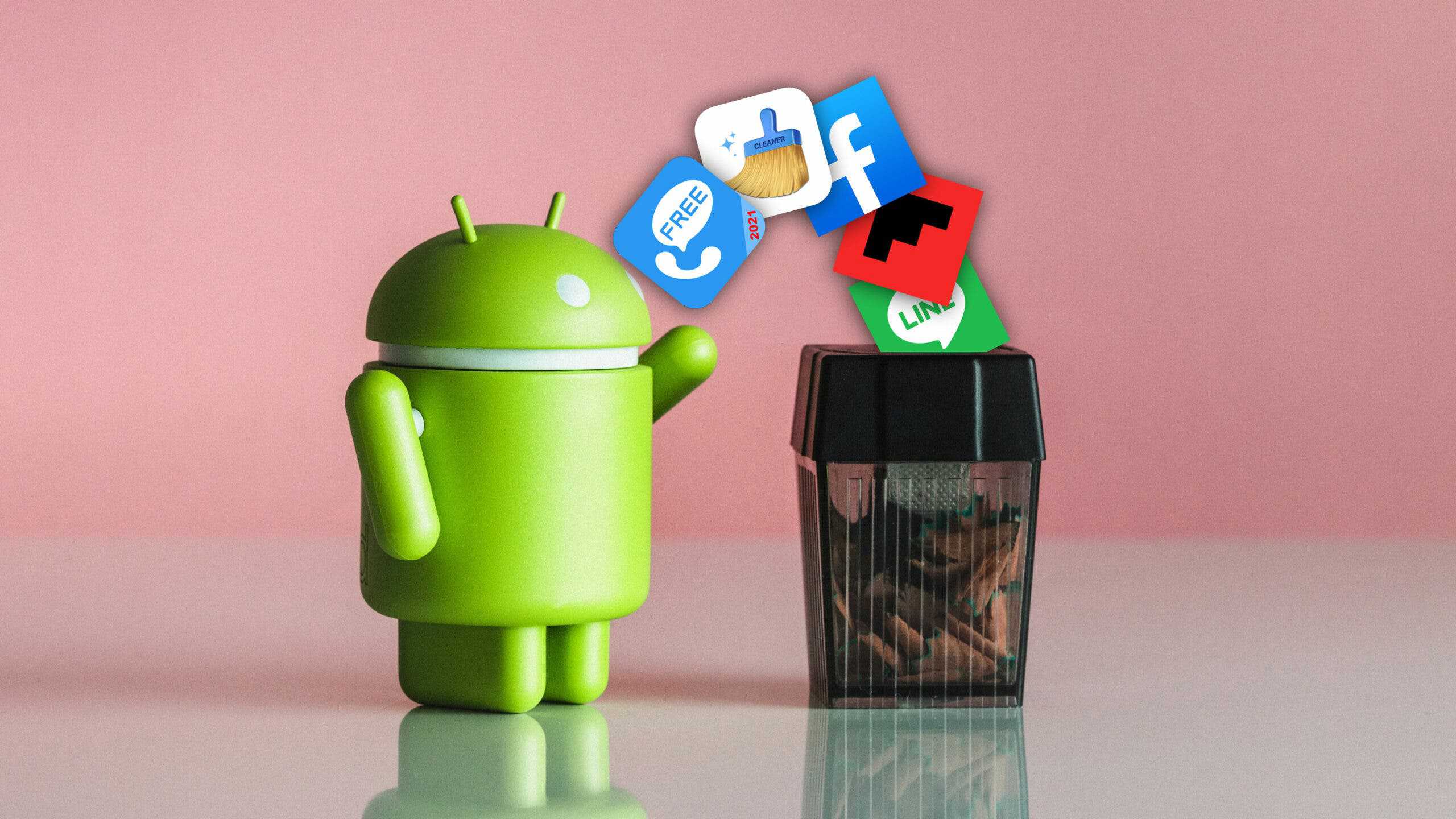
The Issue: Malware on Android Phones
In recent years, the threat of malware on Android devices has become a significant concern. The open-source nature of Android, which allows for customization and innovation, also invites vulnerability to malicious software. This section explores the different types of malware and their potential risks.
Types of Malware
-
Viruses: Programs that replicate themselves by attaching to other programs or files on the device. They can cause a range of problems from slowing down the device to deleting important data.
-
Worms: Unlike viruses, worms do not require a host program to replicate. They can spread from device to device without human intervention, often through networks or Bluetooth connections.
-
Trojans: Named after the legendary Trojan Horse, these types of malware disguise themselves as legitimate software but contain malicious code. Once installed, they can allow hackers to access sensitive information or take control of the device.
-
Spyware: Designed to secretly monitor and collect information about the user without their knowledge or consent. Spyware can track location, read messages, and even listen to conversations.
-
Adware: While not as dangerous as other types of malware, adware displays unwanted advertisements on the device. It can also collect user data for targeted advertising purposes.
Impact on Users
The presence of preinstalled malware on Android phones can have severe consequences for users. Here are some of the most significant impacts:
Data Theft
Malware can steal sensitive information like passwords, bank details, and personal photos. Once this data is stolen, it can be sold on the dark web or used for identity theft. This invasion of privacy can lead to financial loss and emotional distress.
Device Performance
Malware can hog your device’s resources, making apps lag, draining your battery, and causing your phone to overheat. This not only affects the user experience but also reduces the overall lifespan of the device.
Privacy Concerns
Spyware and other types of malware can invade your privacy in creepy ways. They can track your location, read your messages, and even listen to your conversations. This invasion of privacy can be both unsettling and dangerous.
Preventing Malware Infections
Given the risks associated with preinstalled malware on Android phones, users should take proactive steps in preventing infections. Here are some practical tips:
Install Apps from Trusted Sources
Downloading apps only from trusted sources like Google Play can significantly reduce the risk of malware infections. Google Play has security measures in place to scan apps for malicious behavior before they become available for download. Always check app reviews and ratings, and avoid downloading apps from unknown or suspicious websites.
Regular Software Updates
Keeping your device and apps updated is crucial for preventing malware infections. Updates often include patches for security vulnerabilities that malware can exploit. By regularly updating your Android device, you ensure that it has the latest protections against new threats. Enable automatic updates if possible, so you don’t miss any critical security patches.
Use of Anti-Malware Software
Using reputable anti-malware software can add an extra layer of security to your Android device. These programs can detect and remove malware that might have slipped past other defenses. Look for anti-malware apps with good reviews and a proven track record. Regularly scan your device to catch any potential threats early.
Enable Google Play Protect
Google Play Protect is a built-in security feature on Android devices that scans apps for malware before they are installed. It also provides real-time protection against potentially harmful apps (PHAs). Enabling Google Play Protect can significantly reduce the risk of malware infections.
Regular Backups
Regularly backing up your data is essential in case your device gets compromised by malware. This way, even if your device is infected and you need to reset it, you won’t lose any important information.
Understanding the Malware Threat
To effectively combat malware on Android phones, it's important to understand how these threats operate:
-
Scanning for Malware: Tools like Google Play Protect scan your device for malware and viruses. They identify potential threats and alert you immediately.
-
Removal of Harmful Software: These tools remove harmful software and protect your personal data.
-
Regular Updates: They update regularly to combat new threats.
-
Real-Time Monitoring: Real-time monitoring ensures ongoing safety by continuously scanning for new malware.
-
User-Friendly Interface: The user-friendly interface makes it easy to navigate through the security features.
-
Customizable Settings: Customizable settings let you choose your level of protection, ensuring that you only receive alerts for threats that are relevant to your specific situation.
Final Thoughts
Malware on Android phones is a real and growing threat that can compromise both device performance and user privacy. By understanding the types of malware, their impacts on users, and taking proactive steps in prevention such as installing apps from trusted sources, keeping software updated, using anti-malware tools, enabling Google Play Protect, and regularly backing up data, users can significantly reduce their risk of falling victim to these malicious programs.
Staying informed about the latest security measures and sharing knowledge with others helps everyone stay ahead of the curve in this landscape of digital threats. Let's be smart about our tech and keep our precious data safe from prying eyes.
By following these guidelines diligently, we can ensure that our Android devices remain secure against preinstalled malware and other forms of cyber threats. Vigilance is key in protecting our digital lives against malicious actors who seek to exploit vulnerabilities in our technology for their own gain.
